Grip System
Quantify forces applied by the human hand while grasping objects.
Not available for online purchase.
Contact us for pricing
Have questions? Contact Us
Quantify forces applied by the human hand while grasping objects.
Not available for online purchase.
Contact us for pricing
The Grip™ system measures and evaluates static and dynamic pressures from grasping objects. Grip measures interface pressure for human hand and finger gripping applications to assess comfort, design, and ergonomics. The system is used to improve design for a more ergonomically sound product, study carpal tunnel and repetitive motion syndrome, or analyze the human hold on various tools and sports equipment. It is an ideal tool for collecting vital information and insight to enhance product design, manufacturing, quality, and research.
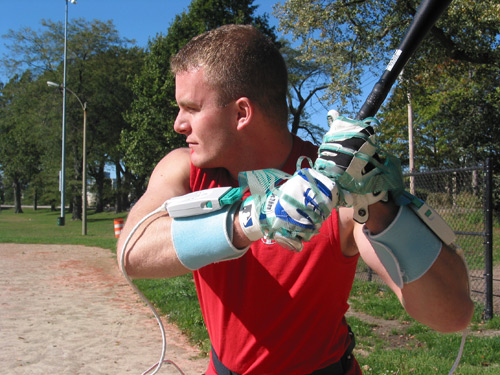 Grip Wireless for Bat Grip EvaluationSimultaneous measurement of left and right hands
Grip Wireless for Bat Grip EvaluationSimultaneous measurement of left and right hands
The Grip system is available tethered or untethered for increased mobility and range of measurement. Your specific application will determine the best-suited connection type.
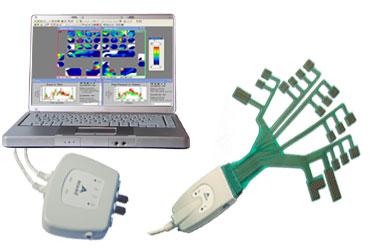 Tethered Model
Tethered Model
Every VersaTek™ based system uses specially designed scanning electronics called Cuffs. The Cuffs connect to the sensor to gather data, which is then processed and sent to your computer, via USB connection. VersaTek electronics run at the fastest speeds and are compatible with other VersaTek sensors, giving you the ability to add in-shoe, prosthetic, grip, and seating & positioning capabilities to your Tekscan System.
To learn more about the data acquisition electronics and sensor performance specifications, please visit the Technology page.
Components depend on system configuration. Additional items may be included with your system purchase.
 Grip Sensor Model 4256EThe Grip™ System uses a thin, high-resolution sensor that can be used directly on a hand or built into a glove. Each sensor has eighteen sensing regions that can be individually positioned over important anatomic sections of the fingers and palm. Gaps between the sensing areas allow the joints to be avoided, move freely, and not interfere with grip measurement. Each sensing region has multiple sensing elements (Sensels™) for localized identification of pressure points on the hand.
Grip Sensor Model 4256EThe Grip™ System uses a thin, high-resolution sensor that can be used directly on a hand or built into a glove. Each sensor has eighteen sensing regions that can be individually positioned over important anatomic sections of the fingers and palm. Gaps between the sensing areas allow the joints to be avoided, move freely, and not interfere with grip measurement. Each sensing region has multiple sensing elements (Sensels™) for localized identification of pressure points on the hand.
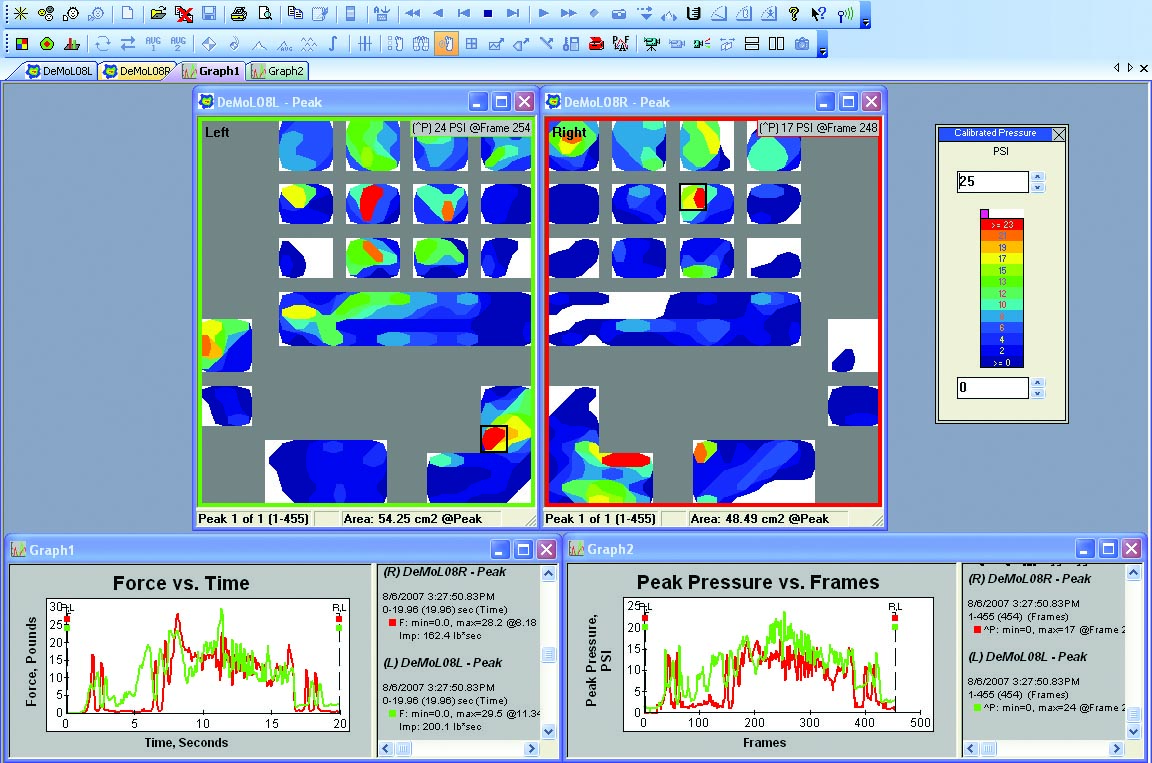 Example of grip pressure data while subject operated an industrial floor polisher.
Example of grip pressure data while subject operated an industrial floor polisher.
The software is available in several languages including Spanish, French, and German. View software languages available.
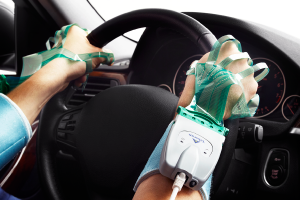
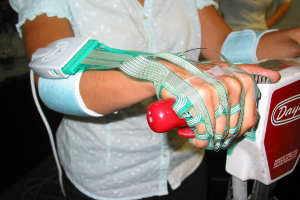
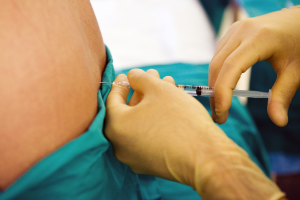
There have been a number of research projects conducted where Tekscan's pressure measurement technology has played a crucial role.
Demonstrating how tactile pressure mapping is used to improve consumer products, and human health & safety equipment.
A technical overview demonstrating how capturing pressure profile data can help design engineers create more comfortable products.
Improve consumer goods or health and safety products or devices used or worn by humans.